 In one of the episodes of the Central television can viewers met Amateur designer Oleg A. Ostapenko. We have become accustomed to the fact that “computers” introduces us to people whose technical work is always intriguing, surprising by the unexpected solution of various engineering problems. But they usually show one to two developments. Ostapenko did not just surprised, and amazed by the breadth of their Hobbies. He is the author of two original mini-tows, cross-country vehicle-amphibian, “forest” motorcycle and even discolored. In our “Panorama” (see “M-K” № 1, 1986) is a multiple of, we spoke about the success in the technical work of this amazing man. Today we offer readers acquainted with the description and drawings of one of the most popular designs O. Ostapenko — mini tug.
In one of the episodes of the Central television can viewers met Amateur designer Oleg A. Ostapenko. We have become accustomed to the fact that “computers” introduces us to people whose technical work is always intriguing, surprising by the unexpected solution of various engineering problems. But they usually show one to two developments. Ostapenko did not just surprised, and amazed by the breadth of their Hobbies. He is the author of two original mini-tows, cross-country vehicle-amphibian, “forest” motorcycle and even discolored. In our “Panorama” (see “M-K” № 1, 1986) is a multiple of, we spoke about the success in the technical work of this amazing man. Today we offer readers acquainted with the description and drawings of one of the most popular designs O. Ostapenko — mini tug.
Read more
 Our reader I. Samotin, a resident of the village volodarskoe the Kokchetav region, “M-K” № 12 in 1983 spoke about how, from readily available materials, to produce mill-kruporushka, so necessary in almost any country house. A simple and reliable device has attracted interest from the readers. Today we offer new development I. Samotin — shredder feed.
Our reader I. Samotin, a resident of the village volodarskoe the Kokchetav region, “M-K” № 12 in 1983 spoke about how, from readily available materials, to produce mill-kruporushka, so necessary in almost any country house. A simple and reliable device has attracted interest from the readers. Today we offer new development I. Samotin — shredder feed. Our reader I. Samotin, a resident of the village volodarskoe the Kokchetav region, “M-K” № 12 in 1983 spoke about how, from readily available materials, to produce mill-kruporushka, so necessary in almost any country house. A simple and reliable device has attracted interest from the readers. Today we offer new development I. Samotin — shredder feed.
Our reader I. Samotin, a resident of the village volodarskoe the Kokchetav region, “M-K” № 12 in 1983 spoke about how, from readily available materials, to produce mill-kruporushka, so necessary in almost any country house. A simple and reliable device has attracted interest from the readers. Today we offer new development I. Samotin — shredder feed.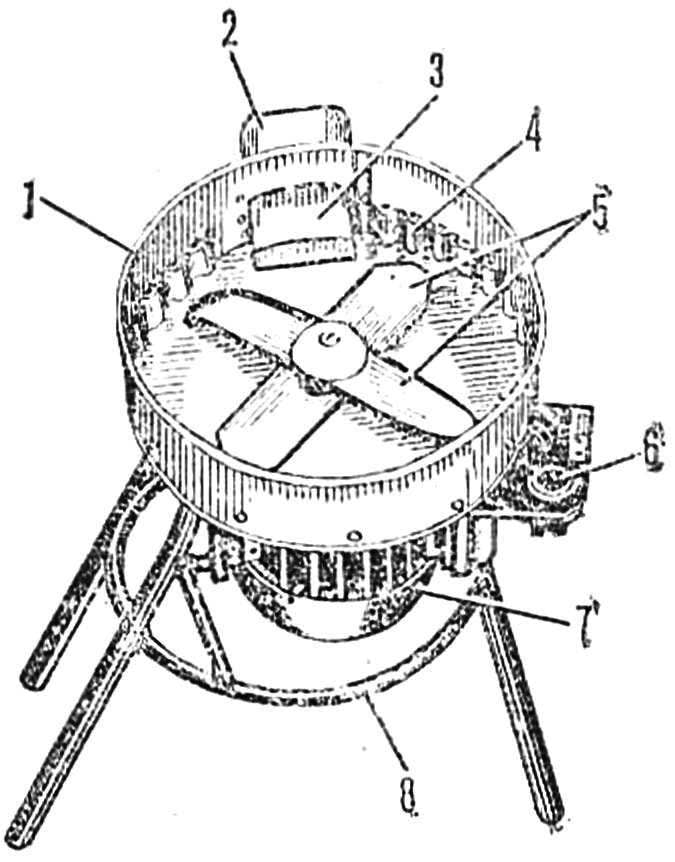
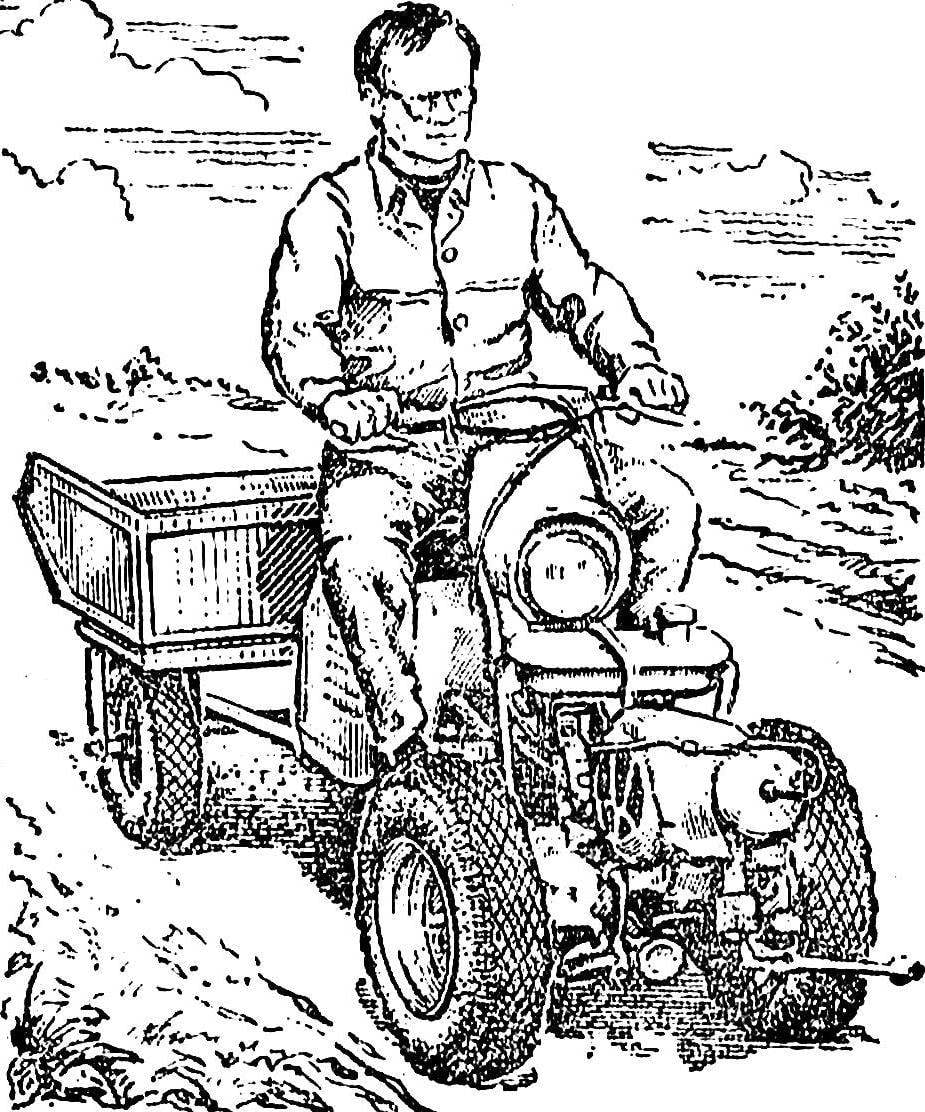


 Perhaps this mechanism could be the easiest family of his brethren: even to schoolchildren by force if necessary, to raise and move it. Light weight and simplicity of manufacture — these are the qualities of veloplugs attracted the attention of the visitors of the exhibition of creativity of young technicians, participants of all-Russia rally school forestry and friends of nature protection, held in the summer of 1986 in Leningrad.
Perhaps this mechanism could be the easiest family of his brethren: even to schoolchildren by force if necessary, to raise and move it. Light weight and simplicity of manufacture — these are the qualities of veloplugs attracted the attention of the visitors of the exhibition of creativity of young technicians, participants of all-Russia rally school forestry and friends of nature protection, held in the summer of 1986 in Leningrad.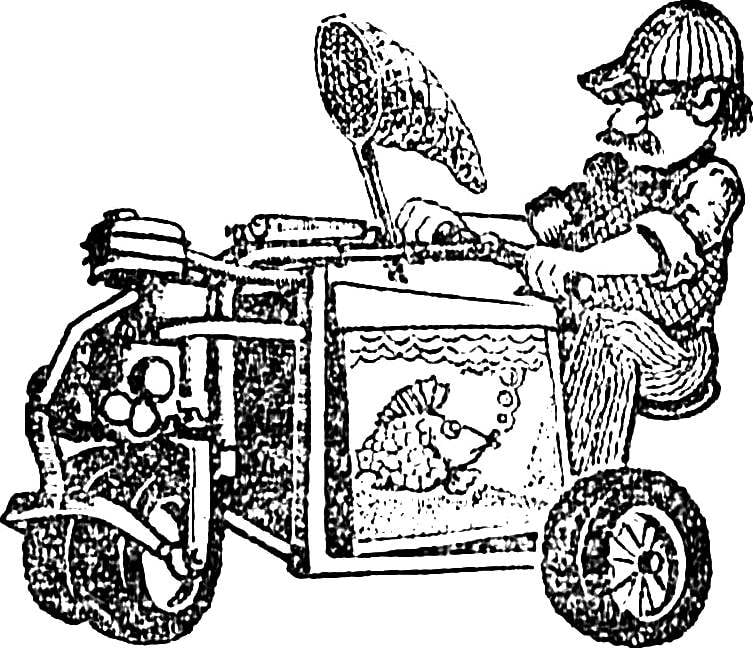
 In one of the episodes of the Central television can viewers met Amateur designer Oleg A. Ostapenko. We have become accustomed to the fact that “computers” introduces us to people whose technical work is always intriguing, surprising by the unexpected solution of various engineering problems. But they usually show one to two developments. Ostapenko did not just surprised, and amazed by the breadth of their Hobbies. He is the author of two original mini-tows, cross-country vehicle-amphibian, “forest” motorcycle and even discolored. In our “Panorama” (see “M-K” № 1, 1986) is a multiple of, we spoke about the success in the technical work of this amazing man. Today we offer readers acquainted with the description and drawings of one of the most popular designs O. Ostapenko — mini tug.
In one of the episodes of the Central television can viewers met Amateur designer Oleg A. Ostapenko. We have become accustomed to the fact that “computers” introduces us to people whose technical work is always intriguing, surprising by the unexpected solution of various engineering problems. But they usually show one to two developments. Ostapenko did not just surprised, and amazed by the breadth of their Hobbies. He is the author of two original mini-tows, cross-country vehicle-amphibian, “forest” motorcycle and even discolored. In our “Panorama” (see “M-K” № 1, 1986) is a multiple of, we spoke about the success in the technical work of this amazing man. Today we offer readers acquainted with the description and drawings of one of the most popular designs O. Ostapenko — mini tug.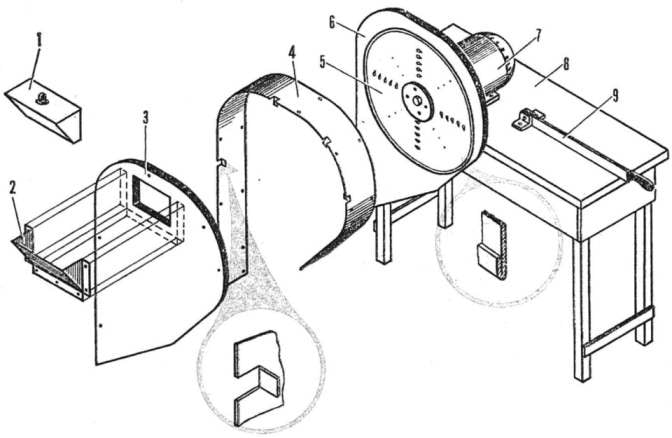
 Grind on a hand grater even a dozen carrots – consuming affair, and if you want to prepare food for Pets to shred large quantities of vegetables, fruits? I came out with a simple electric grater. Used motor power of about 200 watts, with a rated shaft speed of 1400 rpm. (it will fit the engine from a household bench grinder; can be used three-phase asynchronous capacitor switching circuit in a single phase network.)
Grind on a hand grater even a dozen carrots – consuming affair, and if you want to prepare food for Pets to shred large quantities of vegetables, fruits? I came out with a simple electric grater. Used motor power of about 200 watts, with a rated shaft speed of 1400 rpm. (it will fit the engine from a household bench grinder; can be used three-phase asynchronous capacitor switching circuit in a single phase network.)
 In one of the competitions for the creation of small agricultural machinery, announced by the Central Committee of the Dimitrov young Communist League and the newspaper “Guide yourself”, great interest was aroused by the walk-behind disc cultivator. The unit in question, universal. In the figures it is visible, what with the changeable work organs it is equipped with. With this machine you can perform the following operations tillage: plowing (with additional weight hanging from the front, chain and grousers mounted on wheels), milling, ridging, disk processing. Plus the transportation of different loads in the towed truck.
In one of the competitions for the creation of small agricultural machinery, announced by the Central Committee of the Dimitrov young Communist League and the newspaper “Guide yourself”, great interest was aroused by the walk-behind disc cultivator. The unit in question, universal. In the figures it is visible, what with the changeable work organs it is equipped with. With this machine you can perform the following operations tillage: plowing (with additional weight hanging from the front, chain and grousers mounted on wheels), milling, ridging, disk processing. Plus the transportation of different loads in the towed truck.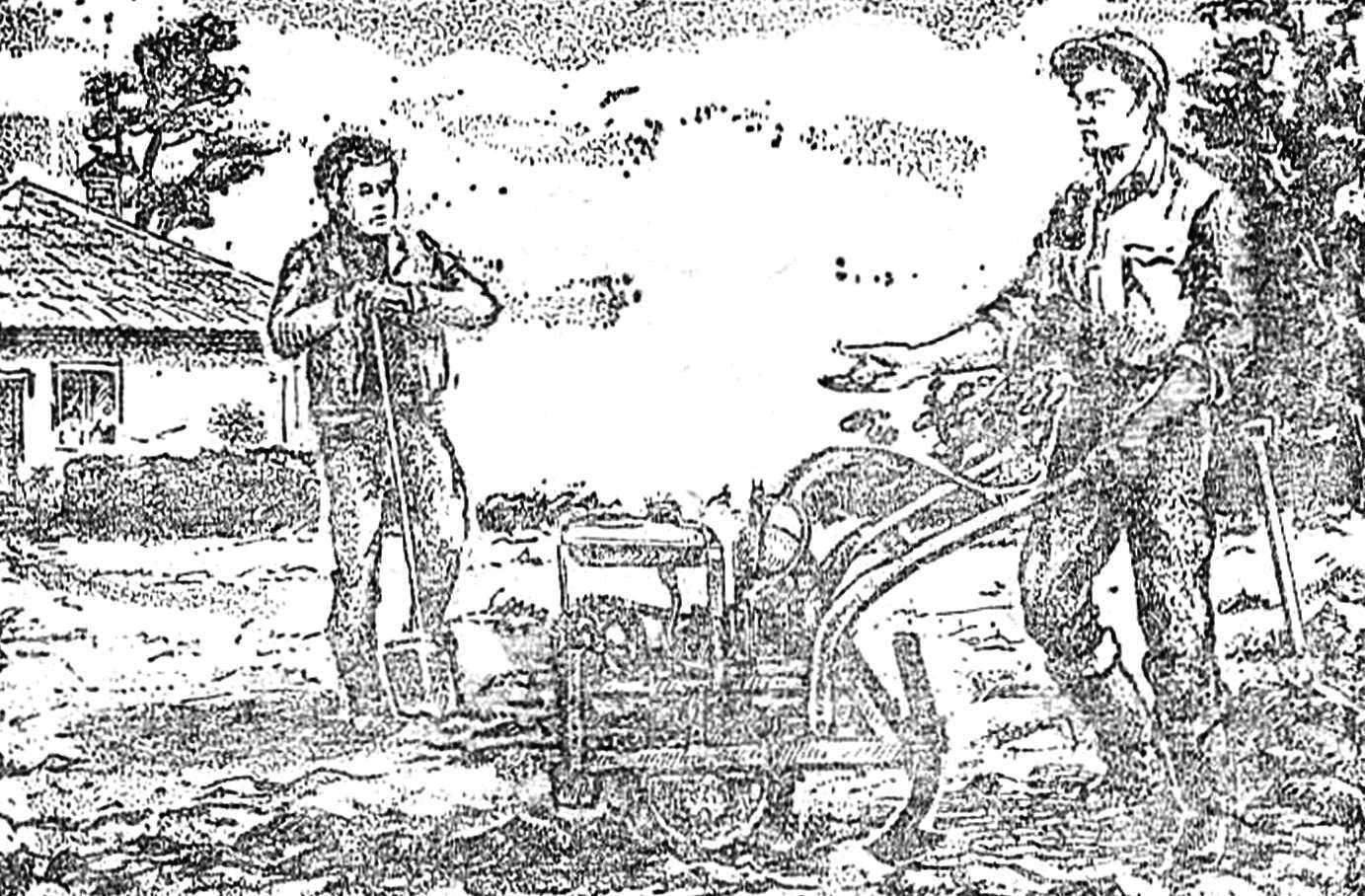
 Walk-behind self-built eager to make the most versatile. This is understandable: it has to perform a variety of agricultural operations. However, to create a design that is most optimal for any work at the farm, is not easy. So, powerful, heavy duty motor-plow, as a rule, is too broad and clumsy in the aisle, and brisk the tiller can’t beat plowing the dense earth. One solution to this problem is offering our reader from Krasnodar territory Vladimir Yakovlev. Its compact one-wheeled tillers will assist in the processing of the beds, will not damage plants close together and, if necessary, in just 10 minutes will turn into two-wheeled motor-plow.
Walk-behind self-built eager to make the most versatile. This is understandable: it has to perform a variety of agricultural operations. However, to create a design that is most optimal for any work at the farm, is not easy. So, powerful, heavy duty motor-plow, as a rule, is too broad and clumsy in the aisle, and brisk the tiller can’t beat plowing the dense earth. One solution to this problem is offering our reader from Krasnodar territory Vladimir Yakovlev. Its compact one-wheeled tillers will assist in the processing of the beds, will not damage plants close together and, if necessary, in just 10 minutes will turn into two-wheeled motor-plow.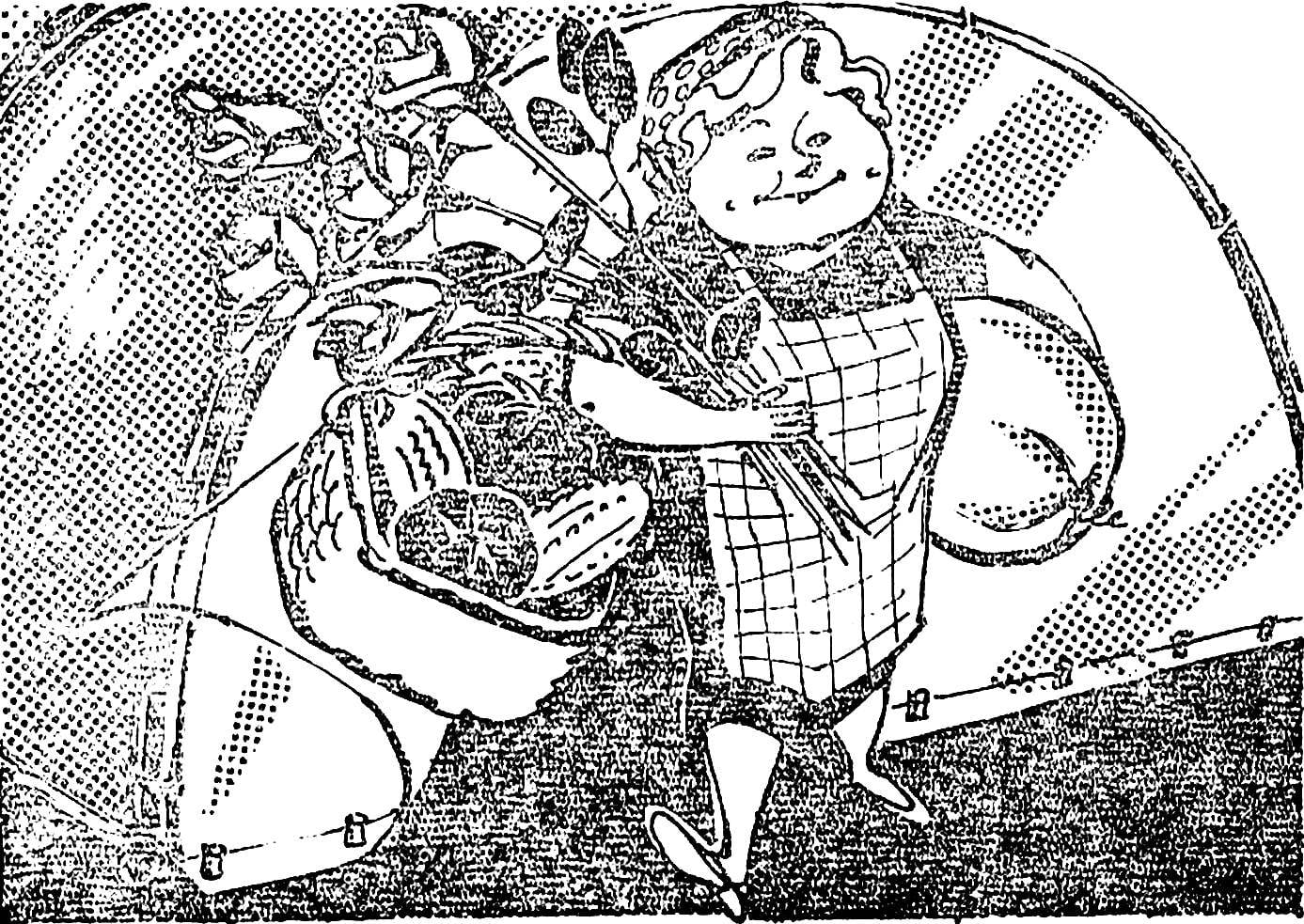
 In the “M-K” No. 8 for 1984, we talked about the greenhouse arch designs made by students of the Bauman district of Moscow. Its main load-bearing elements — the half-arches — been made of gymnastic hoops. This circumstance is strictly determined size of the greenhouse. But it is tempting to build on the same principle a more spacious and convenient in maintenance construction of a greenhouse. But here’s the problem: the material for poludov frame to find easy.
In the “M-K” No. 8 for 1984, we talked about the greenhouse arch designs made by students of the Bauman district of Moscow. Its main load-bearing elements — the half-arches — been made of gymnastic hoops. This circumstance is strictly determined size of the greenhouse. But it is tempting to build on the same principle a more spacious and convenient in maintenance construction of a greenhouse. But here’s the problem: the material for poludov frame to find easy.
 To prepare starch from potatoes at home I have several years helps… washing machine “Kama”. To turn it into productive avometers needed very little improvement. From a round steel plate d 189 mm and thickness of 0.5 mm did scratch the disk, propertyreal his thick nail So that the disc is not deformed, sawal-Deval edge, and the holes are filled evenly deposited on the workpiece concentric circles. Took the car activator, secured PA the disc grater on six M3 bolts with countersunk heads and set back. From thick durable Board, cut out the partition, the spacer wedge and cover the boot compartment.
To prepare starch from potatoes at home I have several years helps… washing machine “Kama”. To turn it into productive avometers needed very little improvement. From a round steel plate d 189 mm and thickness of 0.5 mm did scratch the disk, propertyreal his thick nail So that the disc is not deformed, sawal-Deval edge, and the holes are filled evenly deposited on the workpiece concentric circles. Took the car activator, secured PA the disc grater on six M3 bolts with countersunk heads and set back. From thick durable Board, cut out the partition, the spacer wedge and cover the boot compartment.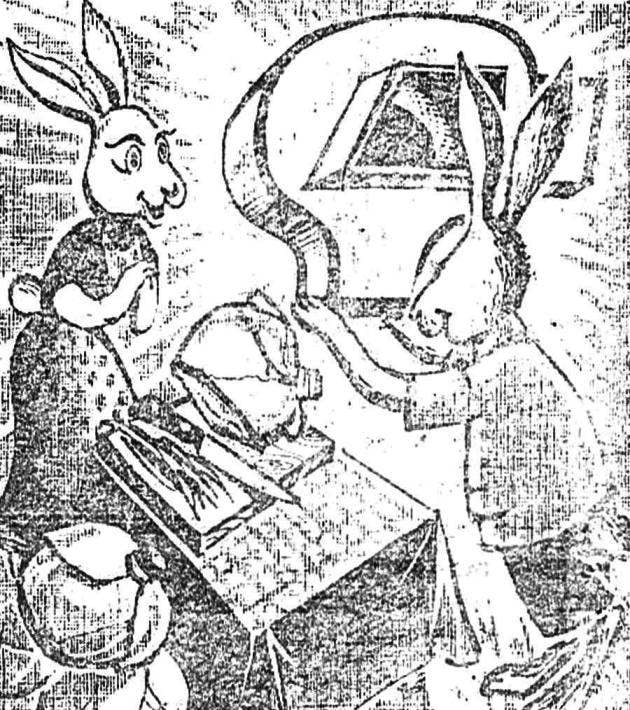
 A delicious and useful product — sauerkraut. Practical housewife, harvest it in the autumn as in the countryside and in the city. And the most time-consuming operation here is to shred the cabbage. Use and sharp long knives, and a special chopping. But no manual beats the convenience and efficiency with electric that you can do with your hands, taking some parts from an old washing machine.
A delicious and useful product — sauerkraut. Practical housewife, harvest it in the autumn as in the countryside and in the city. And the most time-consuming operation here is to shred the cabbage. Use and sharp long knives, and a special chopping. But no manual beats the convenience and efficiency with electric that you can do with your hands, taking some parts from an old washing machine.